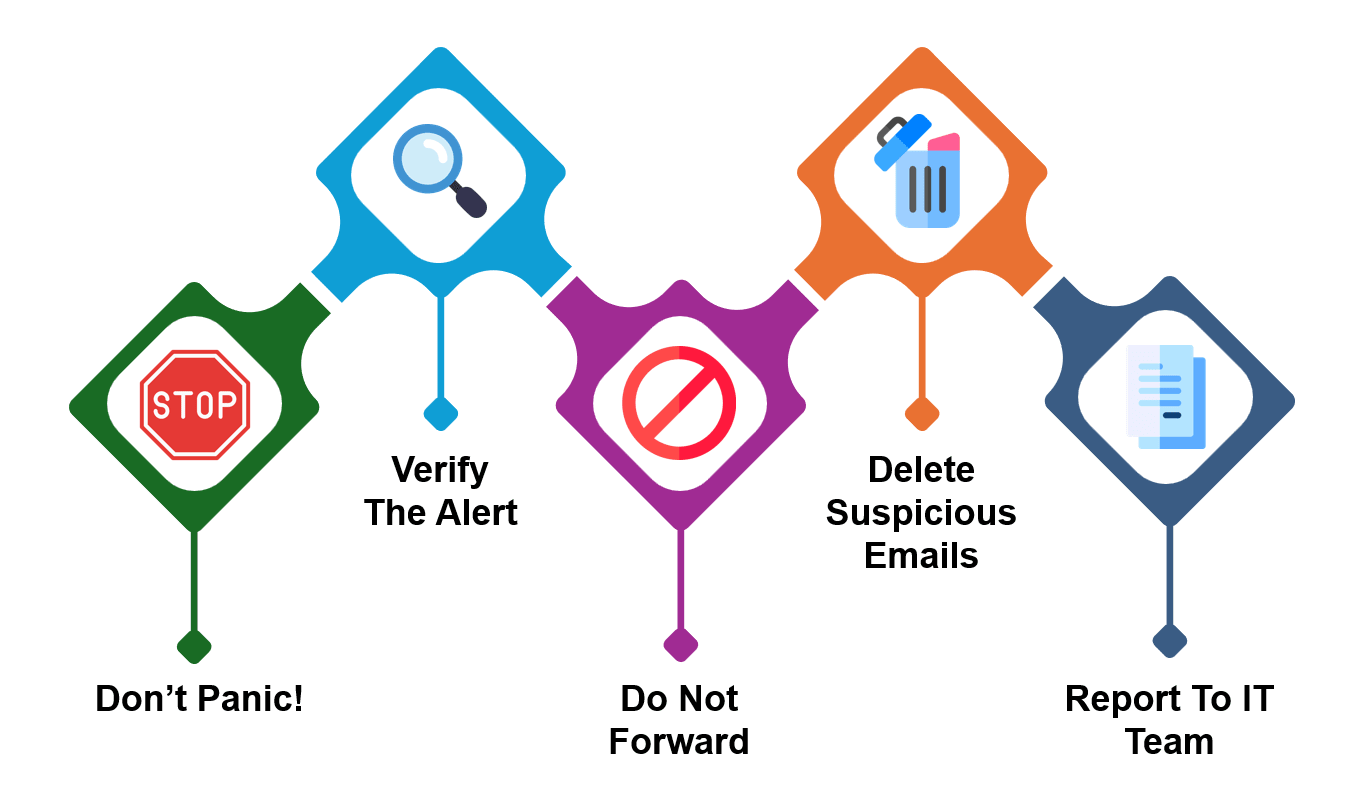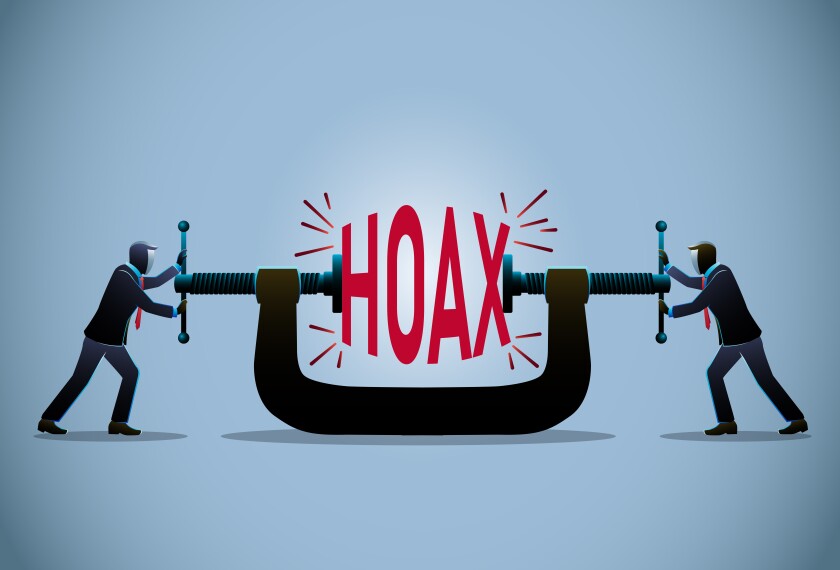In today’s digital age, viral hoaxes spread faster than ever, misleading millions and shaping public perception. DigiLife Viral Hoaxes examines the most notorious fake trends, their origins, and how to spot them. This in-depth guide will help you navigate misinformation while optimizing your understanding of digital deception.
Understanding Viral Hoaxes
A viral hoax is false information deliberately spread to deceive people, often for financial gain, political agendas, or sheer amusement. These hoaxes thrive on social media, news platforms, and even mainstream outlets, making them hard to distinguish from real news.
Why Do Hoaxes Go Viral?
Several factors contribute to the rapid spread of fake news:
A. Emotional Triggers – Fear, anger, or excitement makes content shareable.
B. Confirmation Bias – People believe what aligns with their existing views.
C. Algorithmic Amplification – Social media algorithms prioritize engaging content.
D. Lack of Fact-Checking – Many users share without verifying sources.
Most Notorious DigiLife Viral Hoaxes
Let’s explore some infamous online hoaxes that fooled millions:
1. The “Momo Challenge” Scare
A supposed suicide game targeting children via WhatsApp, this hoax caused global panic. Investigations revealed it was an exaggerated urban myth with no real victims.
2. “5G Causes COVID-19” Conspiracy
A baseless claim linking 5G networks to the pandemic led to vandalism of cell towers. Scientists debunked it, but the damage was already done.
3. Fake Celebrity Deaths
Stars like Jackie Chan and Morgan Freeman have been falsely declared dead multiple times, often for clickbait.
4. AI-Generated Fake News
Advanced deepfake technology creates realistic but entirely fabricated videos of politicians and celebrities.
How to Spot and Avoid Viral Hoaxes
Protect yourself from misinformation with these strategies:
A. Check the Source – Reliable websites (e.g., BBC, Reuters) are more trustworthy than obscure blogs.
B. Reverse Image Search – Use Google Images to verify if a photo is manipulated.
C. Look for Multiple Confirmations – If only one site reports it, it’s likely fake.
D. Examine the Date – Old news may resurface as “new” to mislead.
E. Use Fact-Checking Tools – Websites like Snopes and FactCheck.org debunk hoaxes.
The Impact of Viral Hoaxes
False information has real-world consequences:
-
Financial Scams – Fake investment schemes trick people into losing money.
-
Public Panic – Misinformation can cause unnecessary fear (e.g., vaccine myths).
-
Reputation Damage – Businesses and individuals suffer from false accusations.
How Social Media Platforms Fight Hoaxes
Major platforms are implementing measures to curb fake news:
A. Facebook’s Fact-Checking Partnerships – Third-party organizations verify flagged content.
B. Twitter’s Warning Labels – Misleading tweets get flagged with context.
C. YouTube’s Demonetization Policy – Channels spreading hoaxes lose ad revenue.
Conclusion: Stay Vigilant Against Digital Deception
DigiLife Viral Hoaxes continue evolving, making critical thinking essential. Always verify before sharing, and rely on trusted sources. By staying informed, you can help reduce the spread of misinformation.














